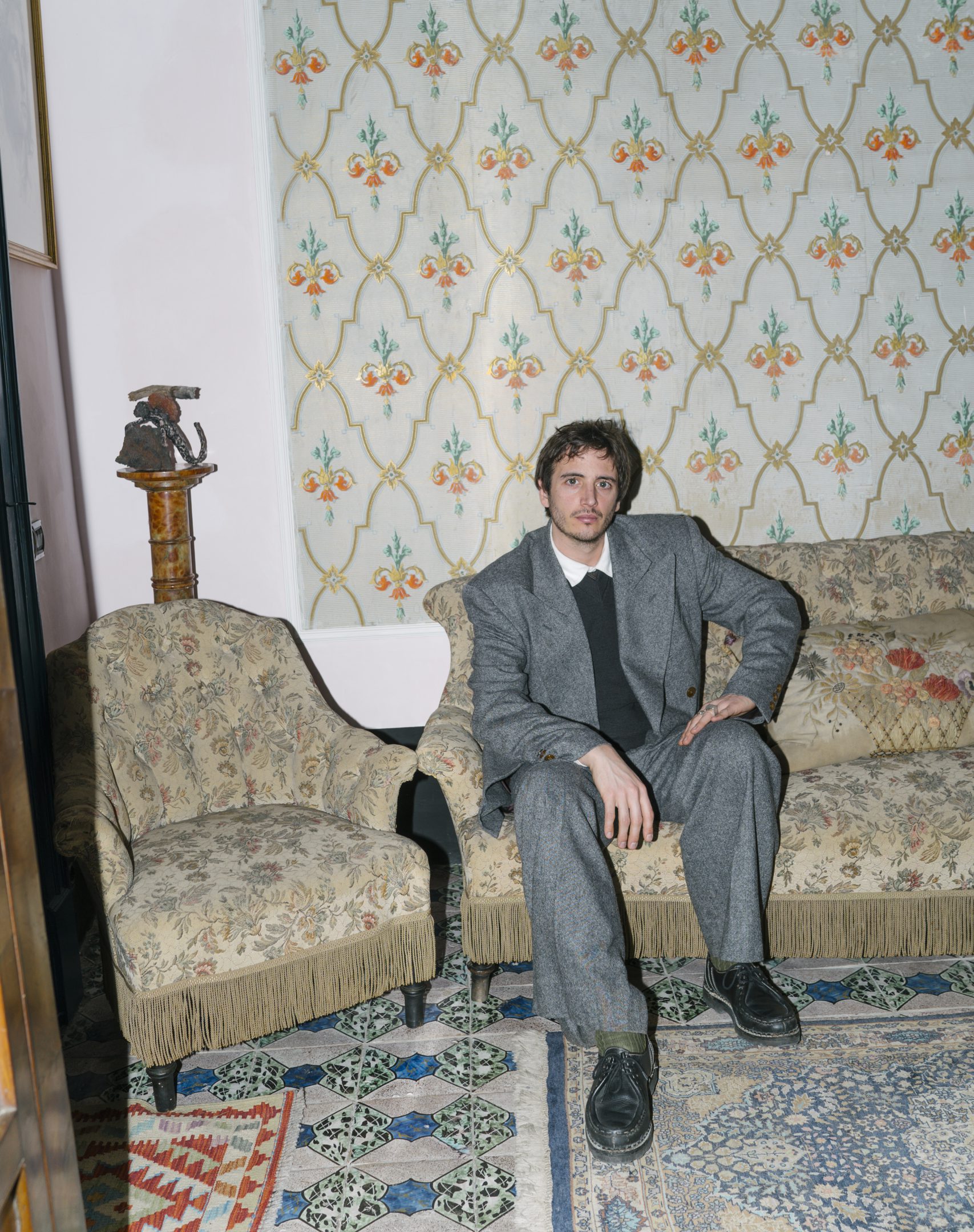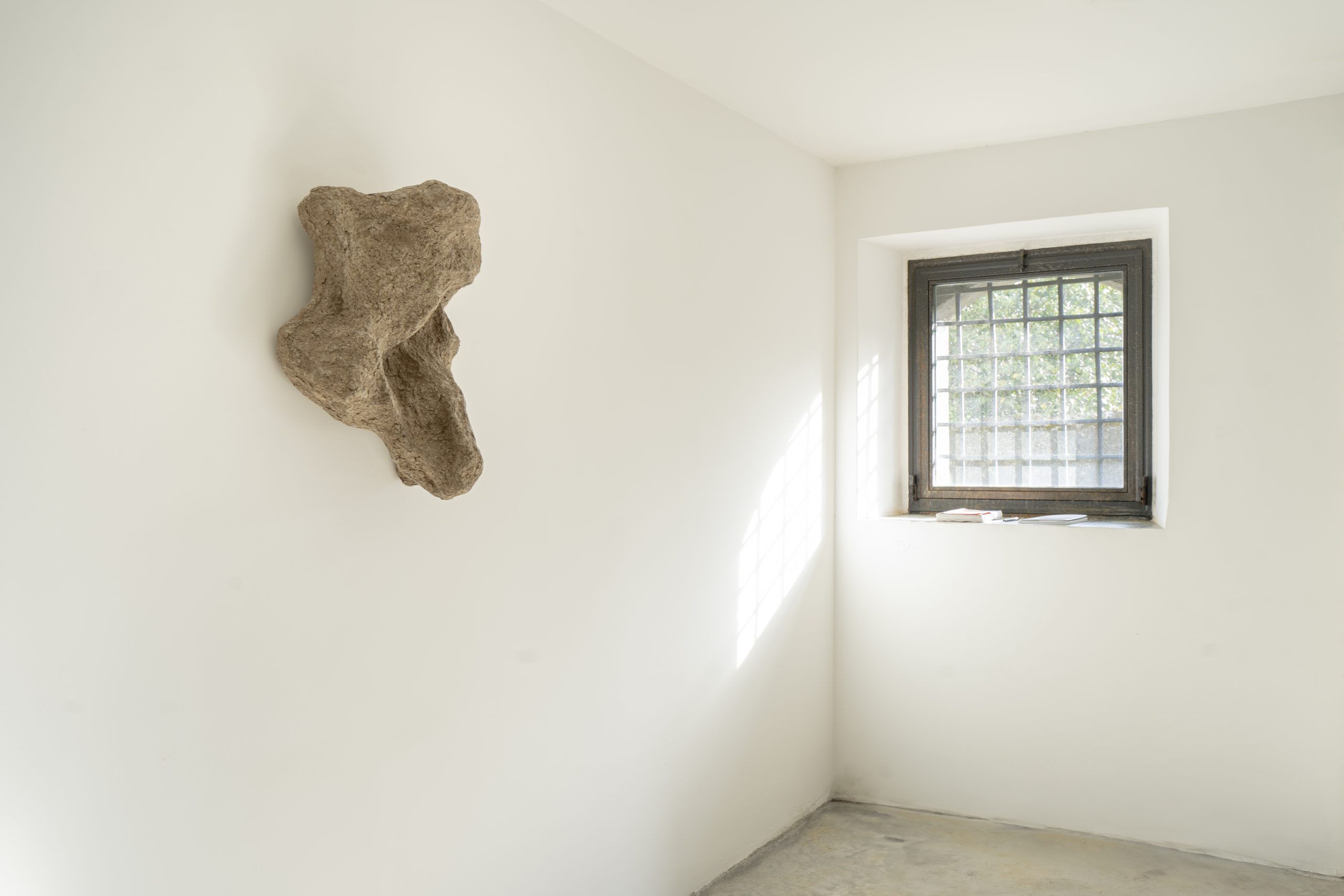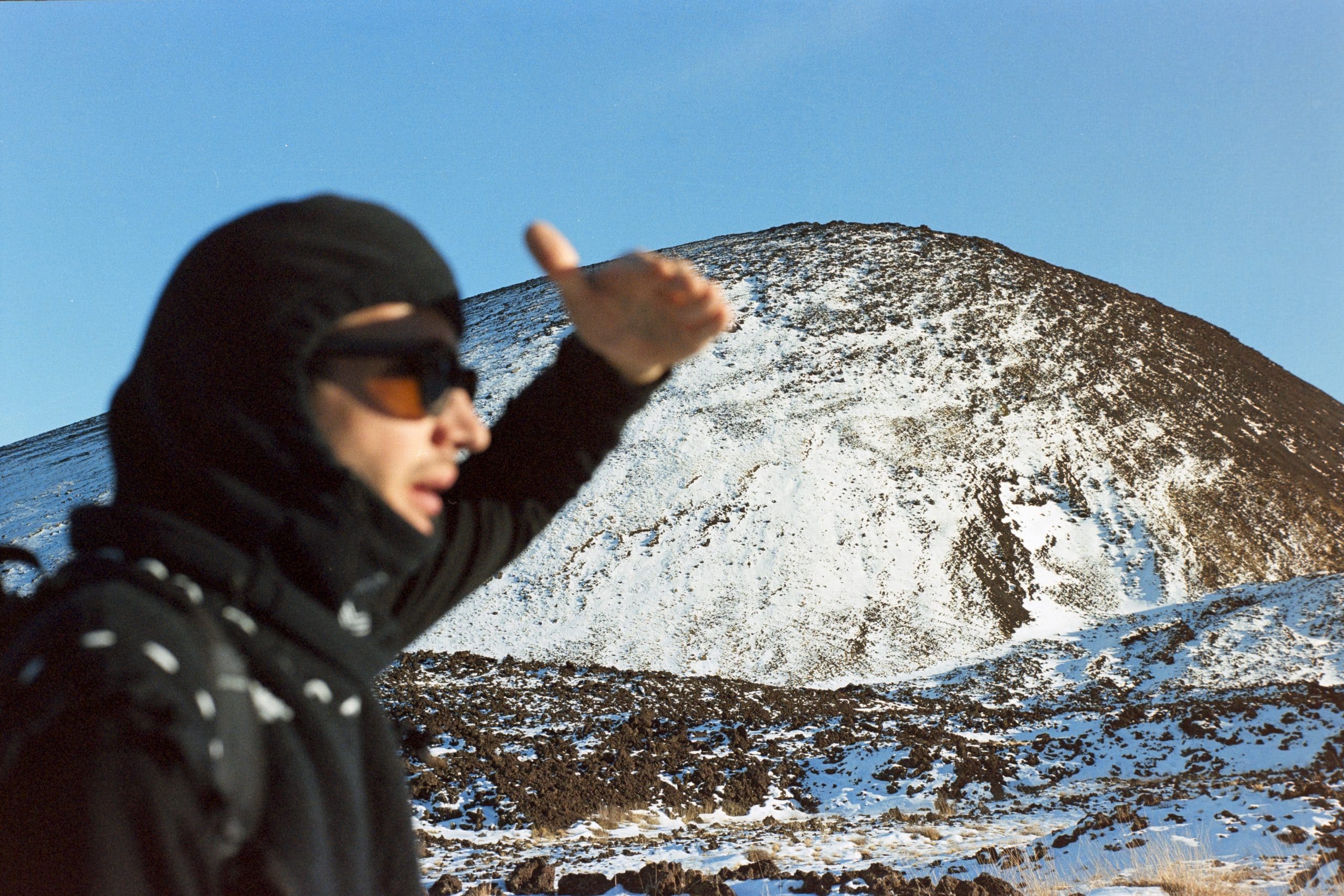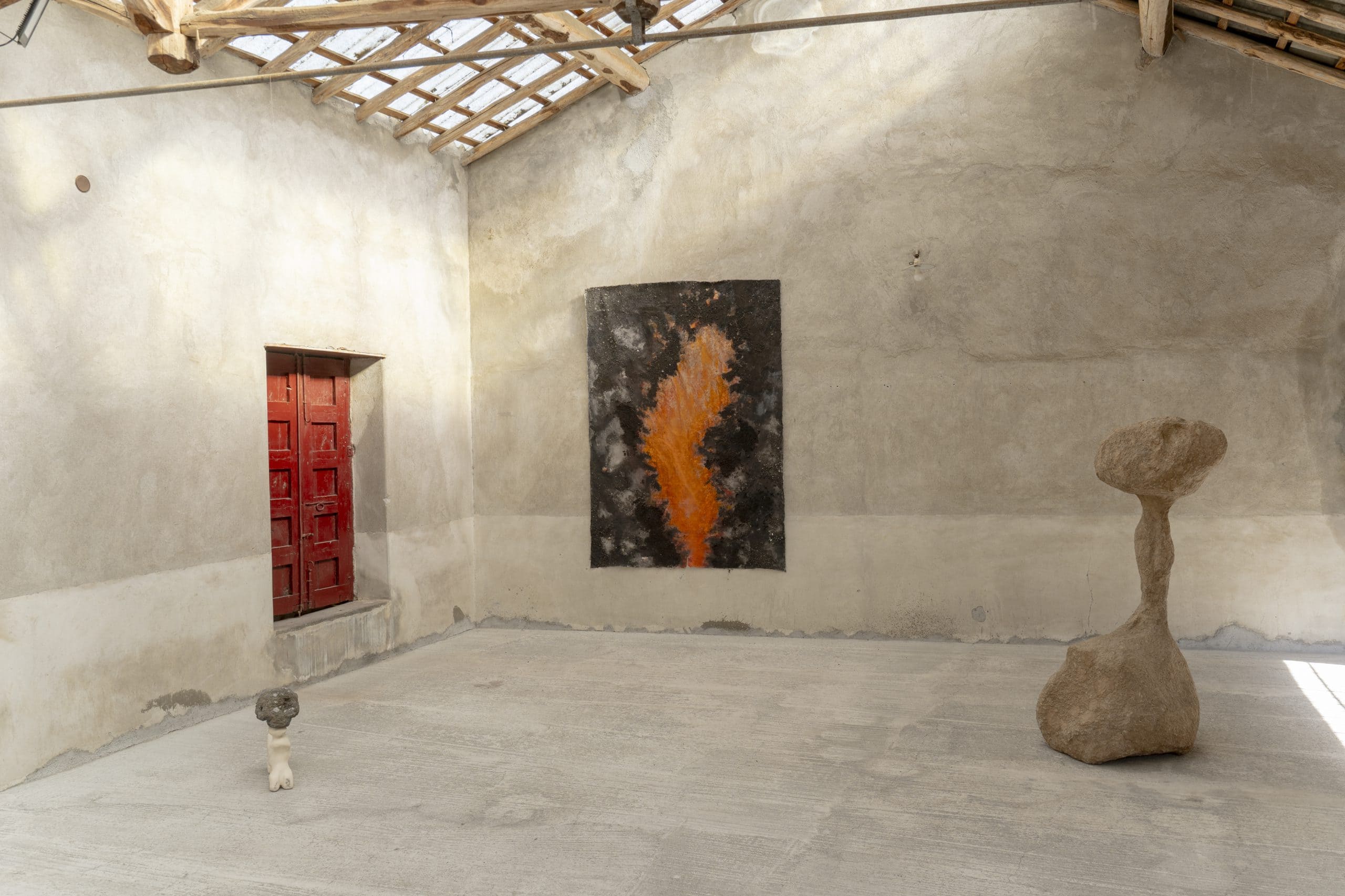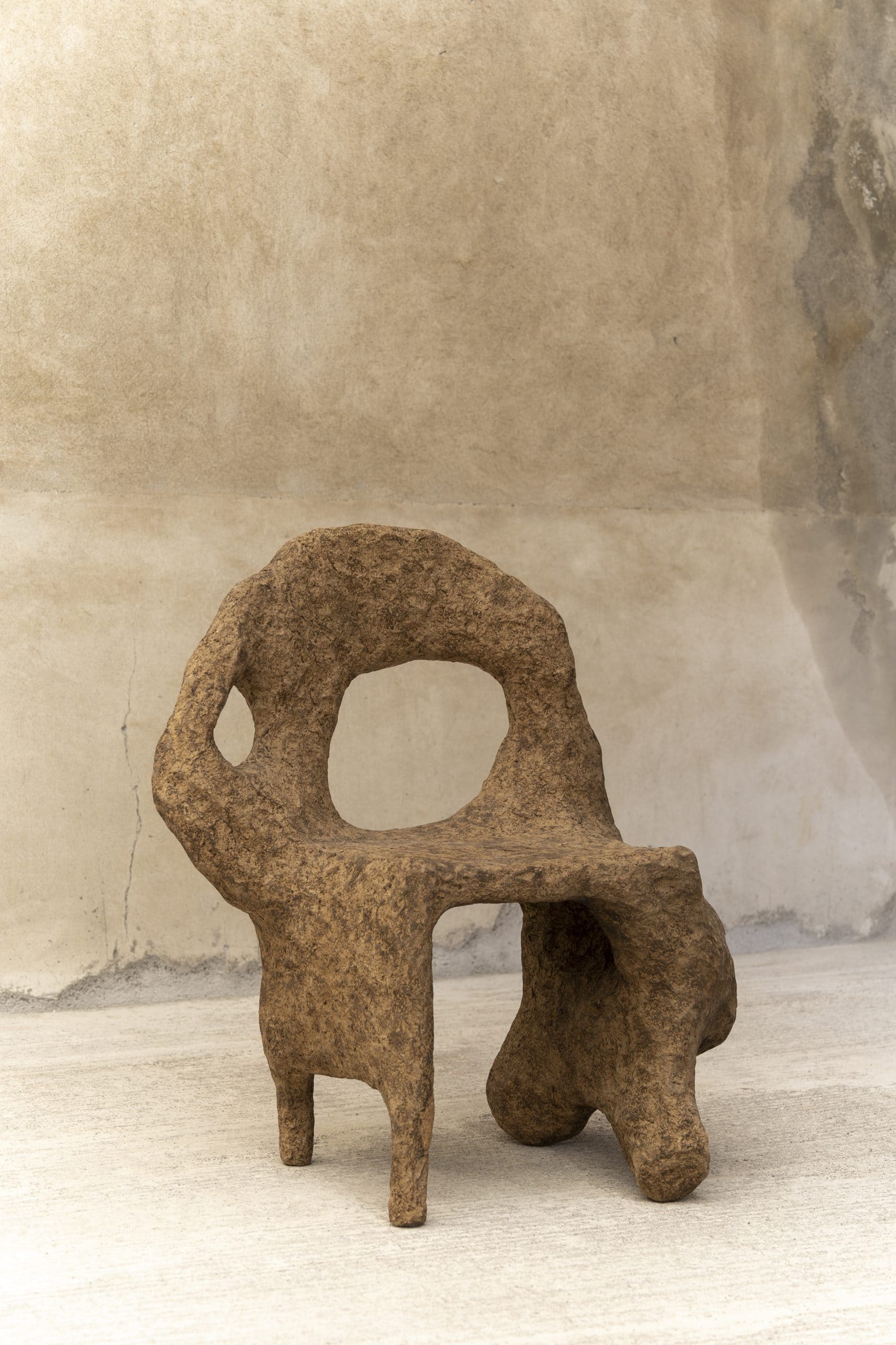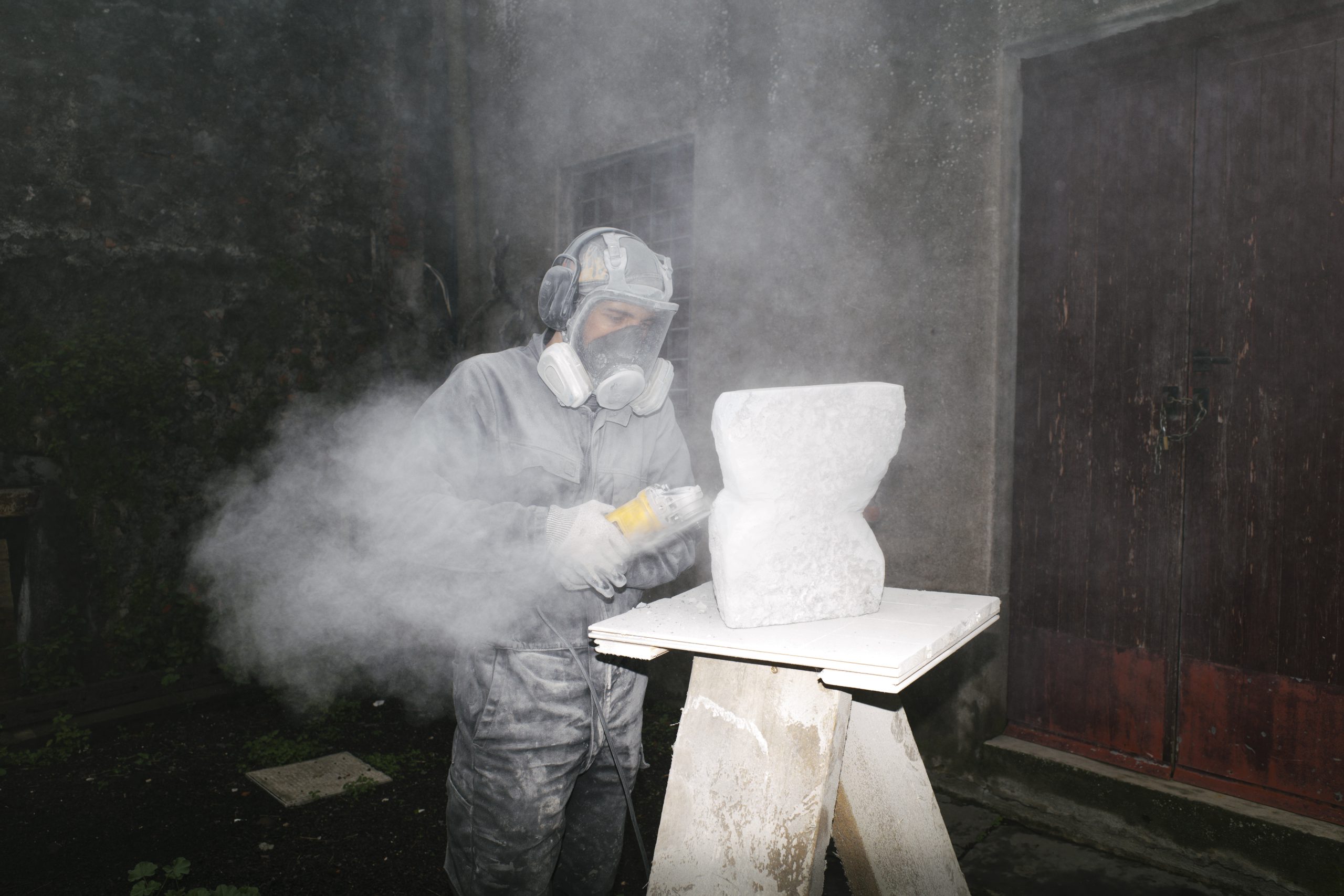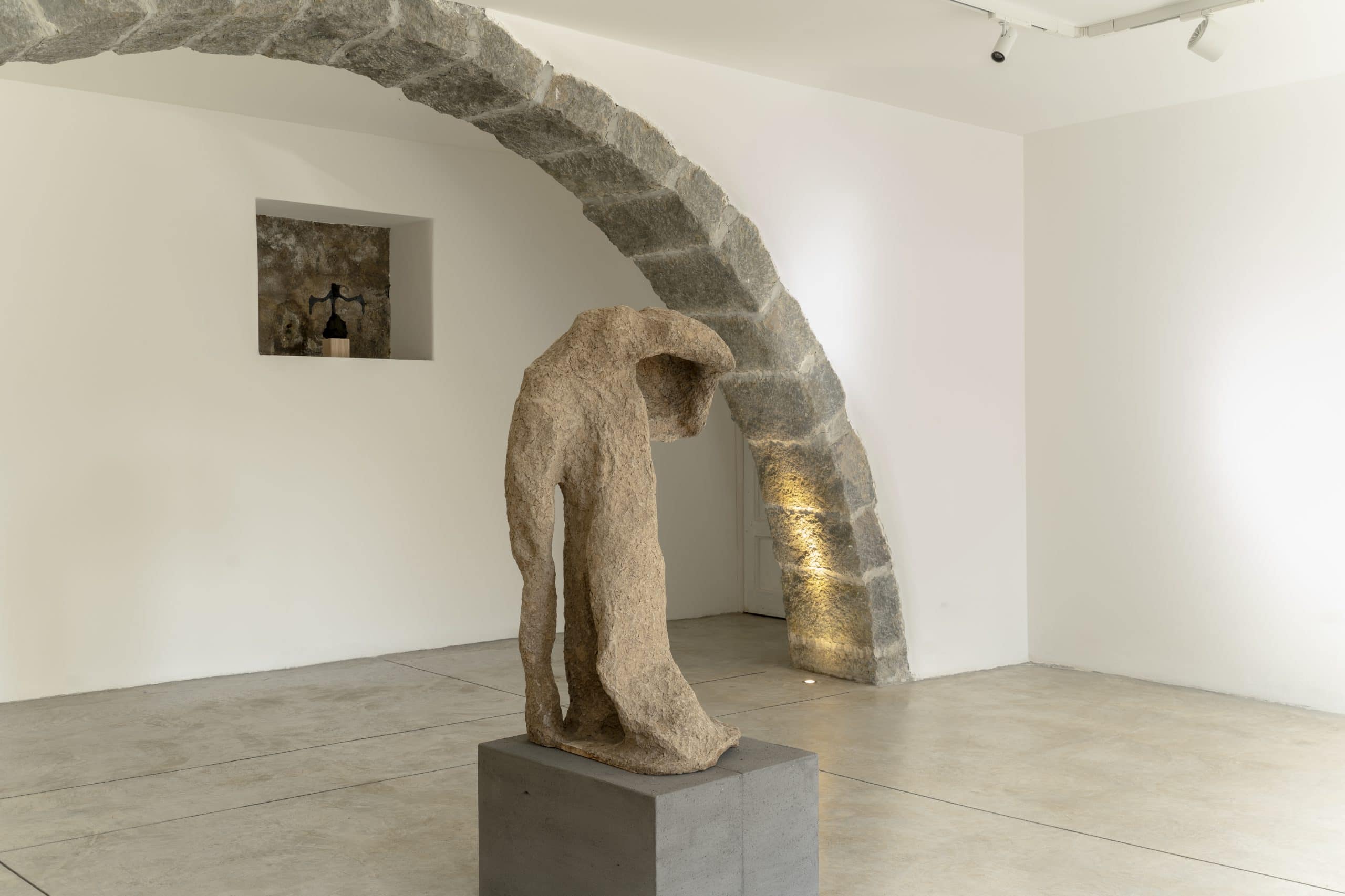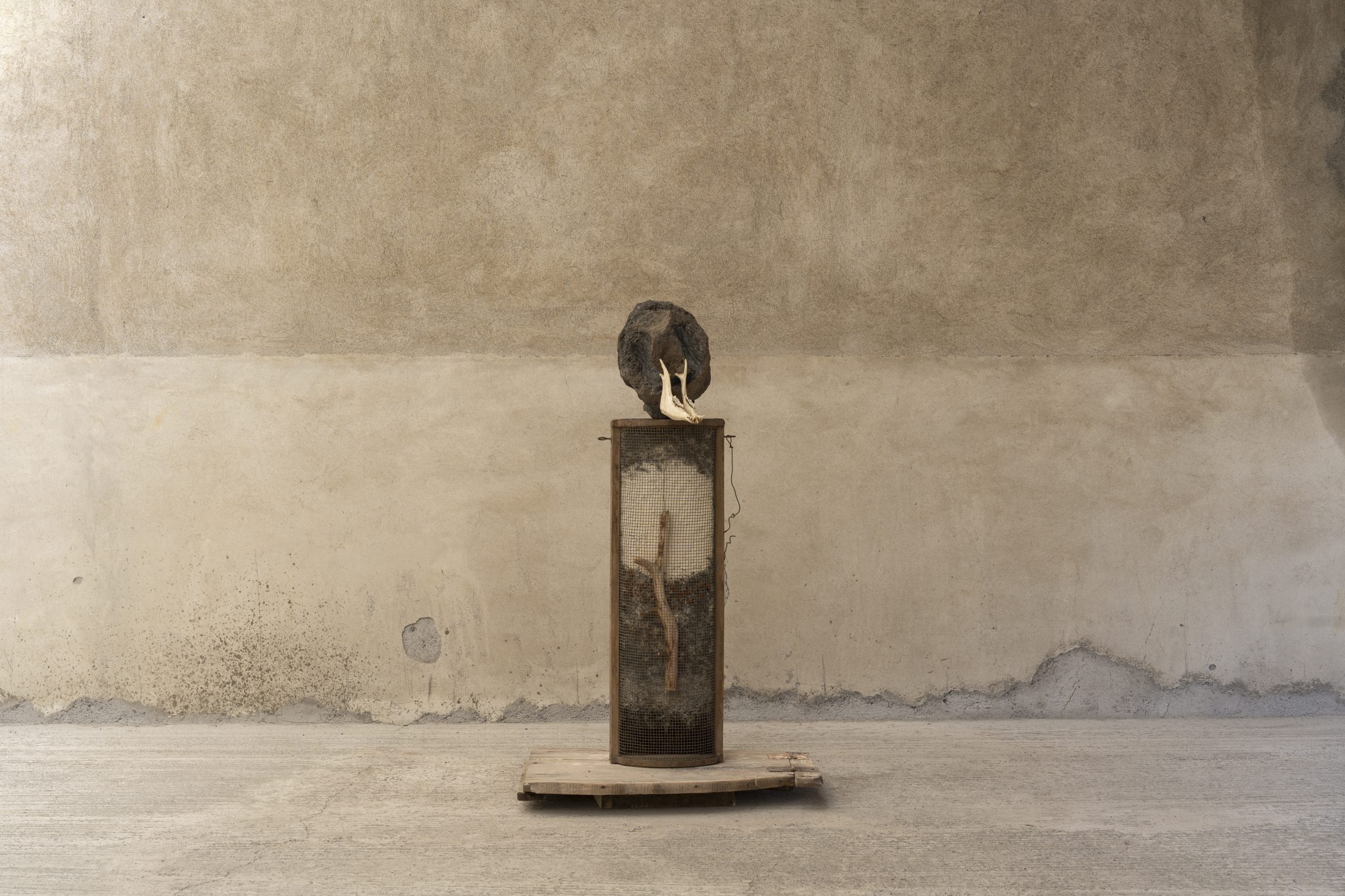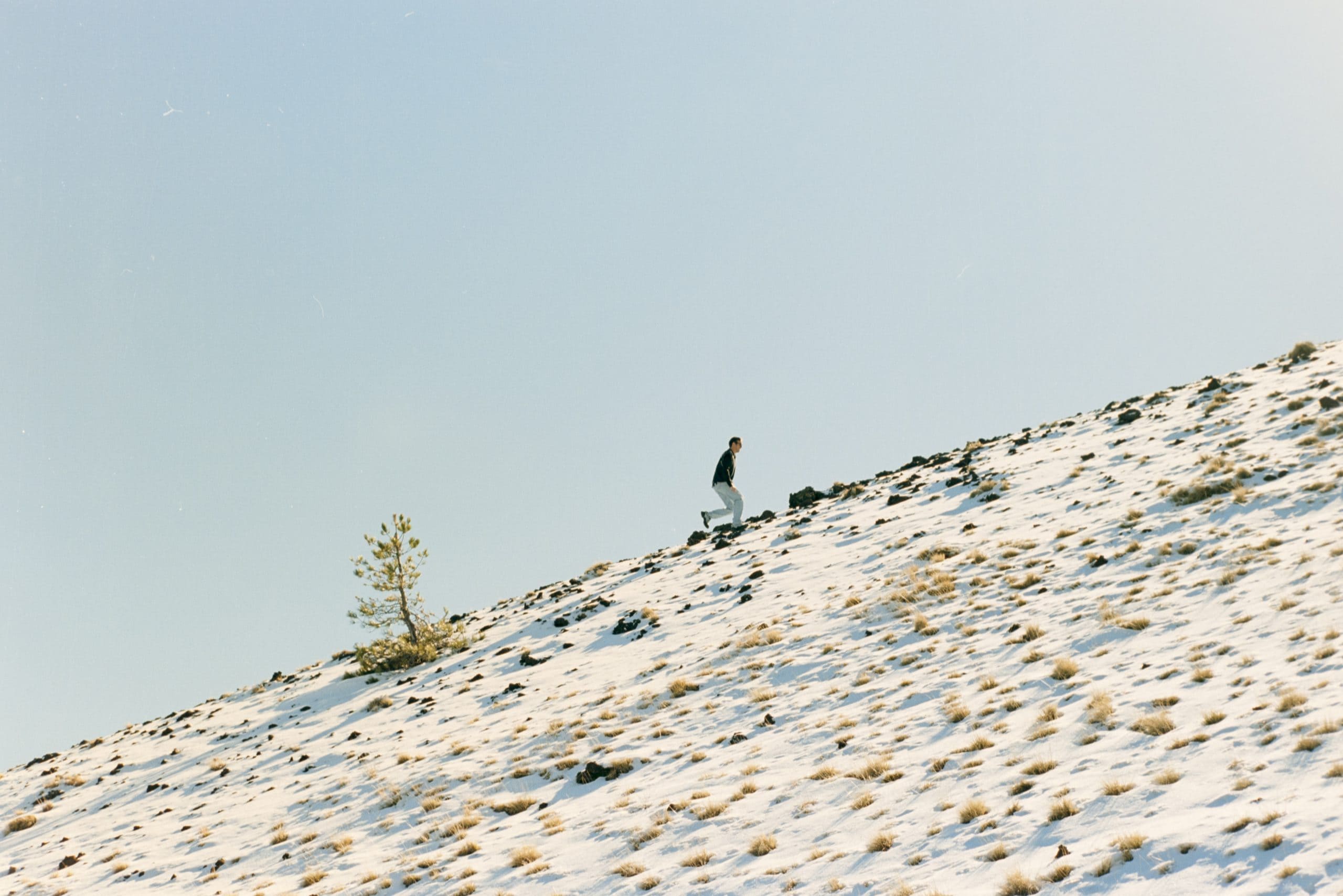In Linguaglossa, at the foot of Mount Etna, SARP Gallery opened its doors for the first time with Terra Etna, a solo exhibition by Leo Orta. The show grew from a five-week residency the artist completed earlier this year, and quietly set the tone for what the gallery seems to stand for—attentiveness, process, and a sense of place that unfolds over time.
Orta, who moves between art and design without drawing hard boundaries, brought together a body of work shaped by the Sicilian terrain. Eight sculptures and two wall-based pieces made during his stay became the backbone of the show, each one bearing the marks of time, ash, and slow transformation.
The works were built from basalt, cellulose made from discarded cardboard, and a citrus-derived fibre developed in nearby Catania. But beyond the materials, what came through most clearly was a rhythm—a physical and emotional tempo set by the volcano itself. The mountain doesn’t appear as a symbol or backdrop. It’s embedded in the work, present in the weight, the texture, the quiet sense of shifting ground.
Orta’s practice has been evolving. Earlier projects looked at industrial systems, material cycles, and the built environment. Here, there’s a more tactile attention to the natural world, not as something pure or idealised, but as a surface shaped by weather, decay, regeneration. His research began in the AlUla desert, where he worked with endangered techniques and local soils. In Sicily, that inquiry deepened—encounters with lava fields, recycled fibre, and ancient crafts started to form new alignments.
The sculptures in Terra Etna feel like they’ve emerged from the land itself. They hold a tension between presence and erosion. Not quite artefacts, not quite organisms, they rest somewhere in between—bodies that remember being part of something else. One of the most affecting pieces stands with the posture of a being mid-transition, textured like sediment and wrapped in layers of organic skin. Another reads like a vessel, partially collapsed, suggesting both origin and aftermath.
Rather than frame adaptation as an abstract idea, Orta treats it as a lived condition. The work is shaped by what remains—by what continues after disruption. There’s an emotional dimension to this gesture: to take what’s available, to listen, to make slowly, to let forms carry time.
SARP’s approach to the residency wasn’t about extraction or fast outcomes. The space supported a kind of intimacy between artist and location that allowed this show to take root. The result was not a project about Sicily, but something made with it.
As the exhibition closed in early June, the energy in the town lingered. Orta’s sculptures held a presence that resisted resolution. They felt like part of a longer process—something still unfolding, still shifting, like the mountain that shaped them.
Leo Orta’s residency at SARP was supported by the Goethe-Institut and Culture Moves Europe.
